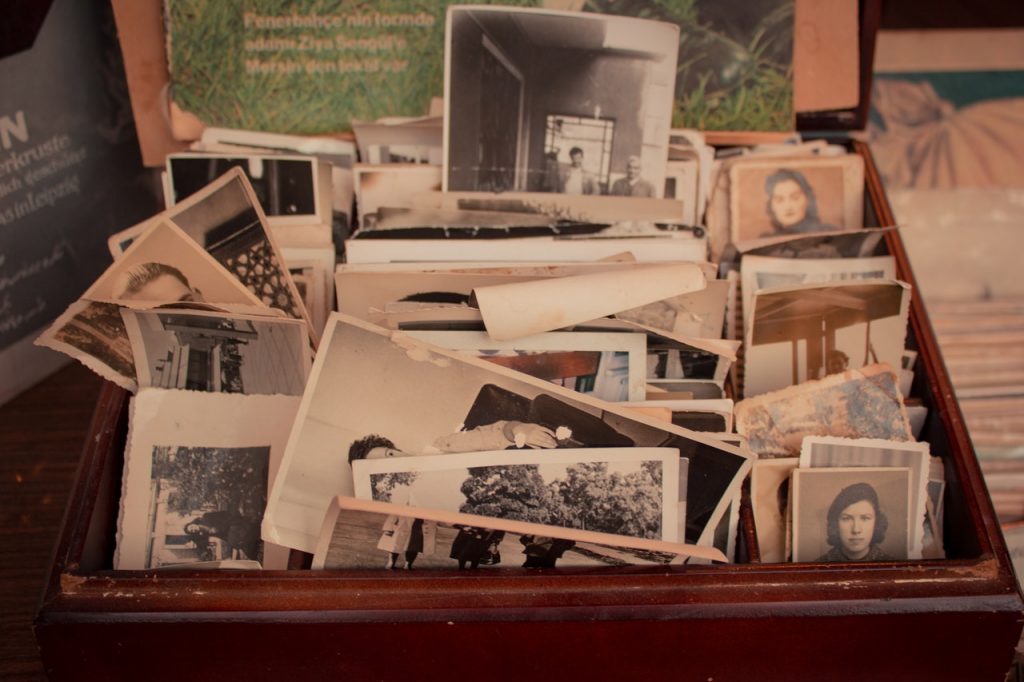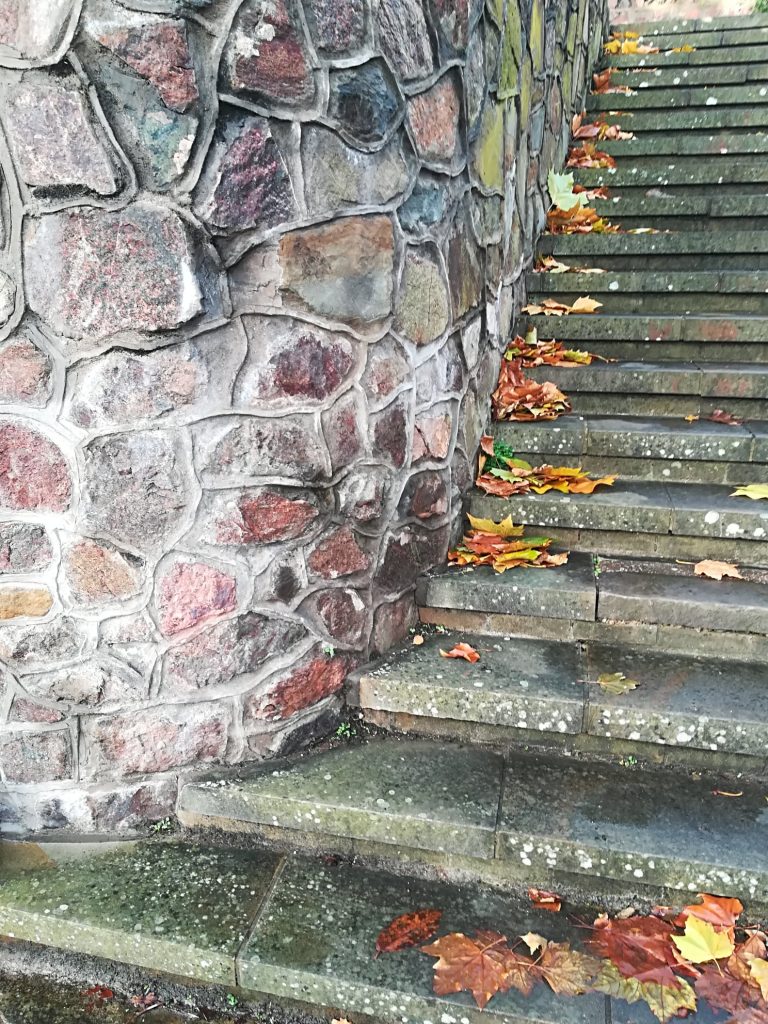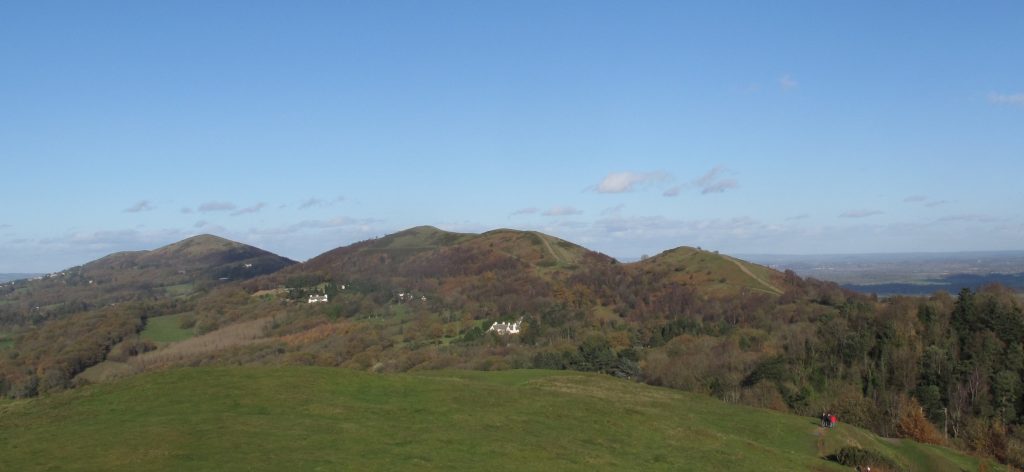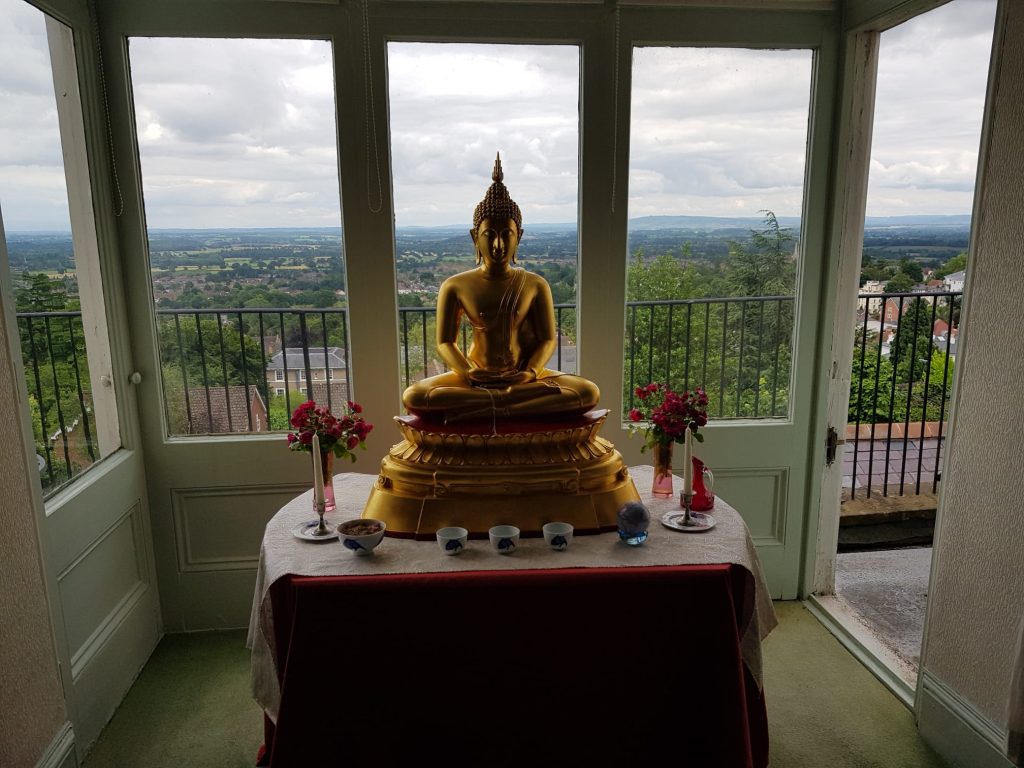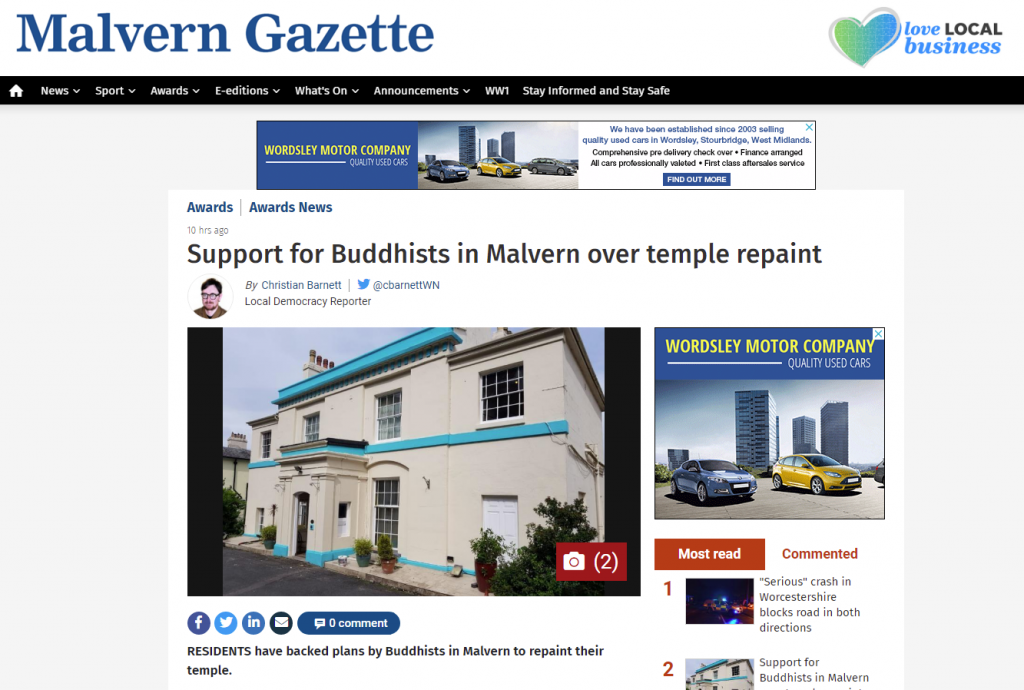I’m interested in the different interpretations that arise in various contexts about the nature of faith. What is faith and how do we define it in spiritual or religious terms, and how do those definitions differ? What is the difference between religious and non-religious faith? Is it all tantamount to religion really? Sentimental or superstitious instincts or feelings pertaining to sacred universal principles? Is it possible for practitioners or ordinary people to experience spiritual fulfillment outside of dogmatic ideologies?
I have heard some interesting and somewhat conflicting ideas about the nature of faith and the difference between it and belief. I think that there is an interesting and quite important distinction that can be made between the two.
In my opinion, belief is a component of faith and can form part of the structure in which faith is realised, but it alone does not constitute the substance of faith.
I often hear people referring to faith in the context of a sort of inspiration that comes from a historical or even mythical person, that maybe showed great strength of character or endured some immense suffering. I can see how individual strength can be derived through the awe inspiring stories that filter down through the ages, indeed, I often feel empowered in particular ways by the stoicism and courage that certain humans display – but my faith is something different.
There are aspects of it that are or seem distinct from any mental constructions or projections onto any form or powerful people or compelling concepts. It feels far deeper and more pervasive than any kind of charisma or form of sentient intelligence.
For example, there is an electricity that infuses my being when I practice Buddhism. Whether it can be explained in biological terms or whether it does actually pertain to some more profound esoteric mystery, it invigorates and sustains me, however difficult the condition I happen to be languishing in. This, for me, is closer to an accurate description of faith than the deifying of humans or influential archetypal beings can come. For me, it is the core component. The active ingredient. Everything else is essentially decoration!
It’s possible to believe in all sorts of things, some of which may appear more rational because we can reach out and touch them, see them and hear what they have to say. There are millions of people in the US who currently hold a very firm belief in Donald Trump. They might even say that they have faith in him. But when he inevitably falls from grace, disappears from the public eye or dies, will their belief still sustain their hopes and dreams? Or will they be swayed and persuaded by the next man in a suit who claims to have the answers to all of their problems and fears?
When I hear about faith in the more fashionable sense – ie, popstars and politicians posturing in ways that make them appear more powerful – it often feels like a sort of misappropriation, like greed or self centred determination or some other pernicious force being mistaken for faith. Or, the idea of faith being used or weaponized in the pursuit of material gain.
However, this could easily be part of my own prejudicial complex, rejecting the notion that worldly power is or can be compatible with true faith. Maybe it is more subjective than I believe or than my own experience allows me to see, but I believe faith to be the manifestation of a spiritual energy, that exists regardless of any personal strength or ideas/beliefs about mystical deities or religious figures. That’s not to say that these figures are not important, just that it seems important to remember that it is not the person or being that controls or produces spiritual power, they are merely the vehicle of transmission.
I think what we largely don’t realise or tend to acknowledge, is the way that religion and faith show up in our day to day lives.
One of the more interesting definitions of religion is the term Organized Spirituality. When we think about the implications of this we can extend it to almost every aspect of human life. Spirit inextricably permeates the material world and is therefore inherent in every activity that we can possibly imagine or undertake. The spirit of family, friendship, creativity and so on, all express some of the principles that describe religion. Even the evil that we see and hear of in the world is perpetrated in the spirit of some nefarious belief system or other, whether wrong or not, the intention is underpinned by a spirit of some form, desire, anger, etc.
All of these examples can be squared with the concept of seeking higher truths or levels of reality and consciousness. And, by this premise, it is not too much of a stretch to associate these every day human activities as fitting the definition of Organised Spirituality. So, in a certain sense, it is all religion.
Having said all of that, the things that we put our trust and faith in do tend to be the kind of things that are inevitably destined to let us down in one way or another. In a materially conditioned world, there can be no eternal bonds; everything is subject to the ravages of time. Whereas the spiritual realm is unconditioned, not subject to age or decay.
I think that it is possible to be distracted from the heart of the matter – which should surely be the improvement of the state of the world – and seduced by the idea that the human mind is capable of thinking itself out of hell. We look to the potential of ourselves and others as distinct from the infinite wisdom and guidance that preceded us through millennia, and allow our prejudices and resentments to close the door to the wonders of the kind of traditional religious faith that we collectively feel has failed us.
There does seem to be a certain amount of bitterness in the kind of logic that separates the human race from the power of traditional religion. It is possibly the same bitterness that causes the divisions that are endlessly and increasingly apparent in our societal dynamics. I believe traditional religions to hold the cohesive power that has the potential to dissolve the boundaries that keep us in conflict with ourselves and each other. If we can break the habits of self, that keep us struggling to maintain and justify an unsustainable way of being in and relating to the world and everything in it.
It is interesting to see that the dry cynicism of the scientific fraternity has begrudgingly given way to a more religious way of thinking. Quantum mechanics has been instrumental in the beginnings of the dismantling of our super-materialist ways of interpreting the universe. It shows us that separation is merely a perspective, inherent to our subjective experiences. When we try to intuit the foundations of material phenomena, we find ourselves thrust into a much deeper mystery. This could be a great example of the apparent paradox which shows us that, the harder we try to turn away from the divine, the closer we come to it!
Namo Amida Bu.
Dayamay

